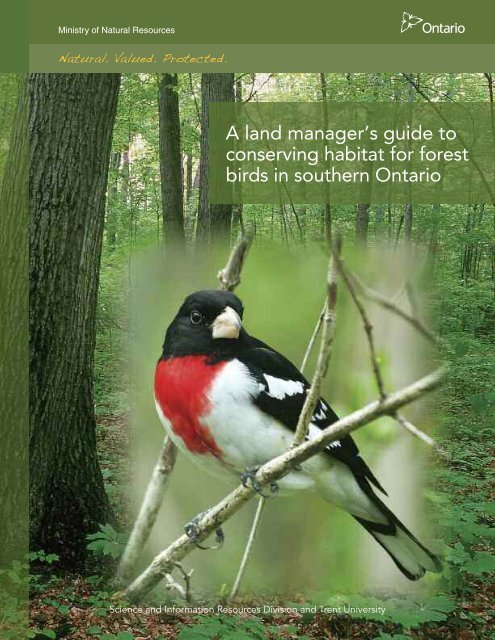
“Acorn Woodpeckers Build Storage Trees That Can Accommodate 50,000 Acorns”

### Acorn Woodpeckers: Nature’s Ingenious Architects and Skilled Collaborators
Among the most captivating creatures in North America, the **Acorn Woodpecker (Melanerpes formicivorus)** is distinguished by its remarkable behaviors and impressive creativity. Unlike other forest inhabitants that depend on acorns for nourishment, the acorn woodpecker elevates its appreciation for these nuts to unprecedented heights. With complex social structures and remarkable storing techniques, this woodpecker exemplifies teamwork and careful preparation in the natural environment.
#### Acorn Aficionados with a Unique Spin
While a variety of animals—including squirrels, deer, and bears—value **acorns** as a food source, none exhibit the same level of precision in their hoarding practices as the acorn woodpecker. Ranging across **Central America and the western United States**, this medium-sized bird showcases an unmatched ability to gather and categorize food, particularly for the winter season.
The acorn woodpecker’s distinctive survival strategy hinges on utilizing dead trees, utility poles, or even buildings to establish extensive, communal caching systems. Referred to as “**granaries**” or “**storage trees**,” these are not typical reserves but rather a pinnacle of planning and skill.
### The Remarkable Granary System
Acorn woodpeckers employ their robust beaks to create specialized cavities in the bark and branches of dead trees, poles, or even barns and homes, where they carefully stash acorns. These granaries are substantial; some storage trees have been recorded to house **over 50,000 holes**, each meticulously stocked with acorns for later use.
Nevertheless, devising and maintaining these storage trees is a collaborative effort—it’s a **familial endeavor**. Acorn woodpeckers unite in family groups, sometimes numbering **12 individuals**, who collectively work towards their shared benefit. The groups share nests, rear chicks together, and, most notably, cooperate in constructing and maintaining their sizable granaries. This elaborate arrangement not only supports one generation; **granaries are inherited**, providing food security for future family members throughout the year.
### An Effective Storage Strategy
One might consider: aren’t these vast storage systems prime targets for opportunistic animals hoping to pilfer acorns? Surprisingly, the acorn woodpeckers have anticipated this. The birds cram the acorns into the granary openings with such force that it becomes extremely challenging for potential thieves to extract them. If any animals attempt to partake in the woodpeckers’ bounty, they often leave empty-handed, frustrated by their inability to access the acorns.
Once the acorns are stashed, the work is not entirely finished. As acorns **dry and slightly contract**, they might become looser in their holes and easier to extract. To mitigate this concern, a dedicated member of the woodpecker family consistently checks the granary and moves any loosened acorns to smaller, tighter openings. This additional care guarantees that their supplies remain secure until it’s time to consume, showcasing the *acorn woodpeckers’ meticulous nature* and advanced social behaviors.
### Winter Preparation, But Not Year-Round Dependence
Although most widely recognized for their acorn-storing tendencies, acorn woodpeckers do not depend solely on acorns for nourishment. Indeed, these intelligent birds pursue a diverse array of food options throughout the year. **Insects, sap, and fruits** serve as staple elements in the woodpecker’s diet, with acorns primarily acting as a supplementary food source during winter months when other resources are limited.
This strategic utilization of acorns as a winter reserve underscores their adaptive survival tactics, enabling the group to prosper even in colder periods when food is scarce. Thanks to these habitual practices, ornithologists have long been intrigued by the **social organization and survival strategies** of acorn woodpeckers, prompting extensive investigation into their communal lifestyles and reliance on granaries.
### Collaboration Fuels the Vision
The acorn woodpecker’s cooperative spirit is not only motivational but also vital for its survival. It transcends mere drilling of holes or storing of acorns; it’s about facilitating group survival through an array of highly organized practices that benefit the entire community—**division of labor**, **joint childcare**, and even **rotational food surveillance**. This collective methodology mirrors the human idea of teamwork, where the success of an individual enhances the welfare of the entire group.
### Why Acorn Woodpeckers Captivate Researchers
The acorn woodpecker has captured the attention of **ornithologists** and other scholars due to its intricate social dynamics. Investigations into these birds have illuminated that teamwork is fundamental to their achievements. They exist in